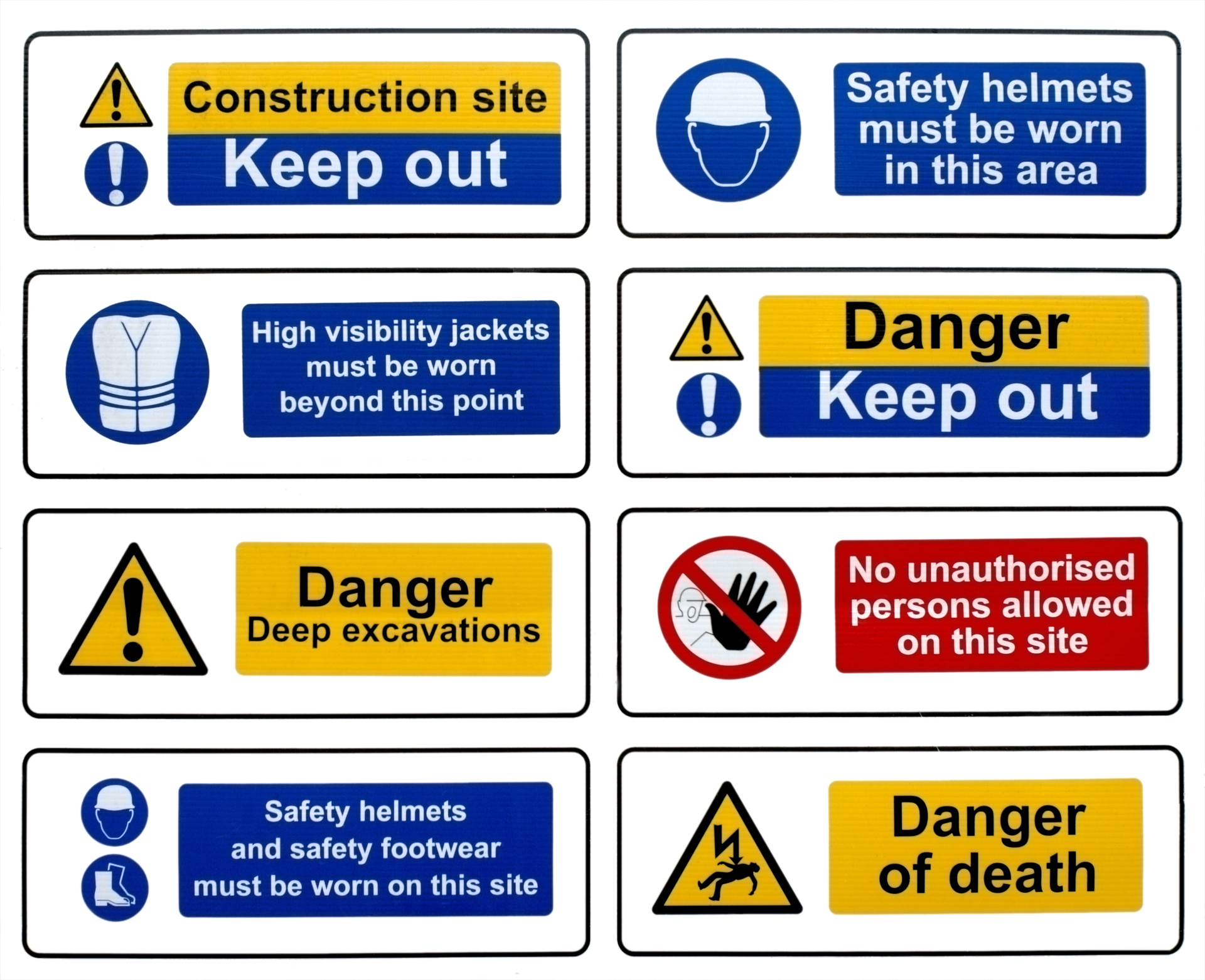 Ok, the lighting is counted, the branch is wheeled, and you have sent your lighting counts to your vendors. Before you move on to the next system, let’s talk a minute about lighting and dimming controls, daylight harvesting, and occupancy sensors.
Ok, the lighting is counted, the branch is wheeled, and you have sent your lighting counts to your vendors. Before you move on to the next system, let’s talk a minute about lighting and dimming controls, daylight harvesting, and occupancy sensors.
Estimating Lighting, Dimming Controls, and Occupancy Sensors
Occupancy sensors can be like a simple switch. The light goes on when someone enters the room, and if the sensor does not “sense” anyone in the room, the light turns off. However, lately, we have seen that there are many types of occupancy sensors which work in concert with lighting control and dimming systems. I will have to admit, the first few times I saw a lighting control riser, I thought it was complicated and intimidating! But when you break down the pieces, you realize that most of the times for each of the items in the system, you need a stub-up or a box or both, and you must assign a labor factor to each, get a material quote from your vendor, and carry the labor and material for the wire. That’s it. More daylight harvesting systems are shown lately, as a way to save energy on bright sunny days. In this case, the sensor detects the presence of daylight and adjusts the building’s lighting accordingly to save energy.
Drawing Keyed Notes
Moving on to branch devices, taking off these items is pretty straightforward. The things you want to watch out for are notes pertaining to tamper proof receptacles (not as expensive as they once were, but still a good deal more than a standard duplex), Leviton Decora devices and face plates (certainly more costly than standard devices), and carrying the proper receptacles for specialty devices. Sometimes there are keyed notes or a schedule for items requiring something other than a standard duplex, even though the symbol on the drawing would indicate a standard duplex. Again, it always pays to read the drawing keyed notes before you start, so you can be aware of anything “special” you might have to take-off. The same is true of kitchen equipment. There is usually a schedule that will either state the proper receptacle or you will be provided with information regarding voltage, amperage, and the number of wire and then you will have to cross reference this information with the NEMA configuration chart which you can find either in the NEC code book or one of the cross reference books, such as Ugly’s. I guess my point is: completing a take-off is more than counting. You have to know what you are looking at and what to look for.
Let’s Talk About Branch Wiring
Let’s talk about branch wiring. Do you wheel off your home runs? What do you carry for each item? You can certainly review the drawings, and see what you should carry as an average length of a receptacle, and take the cable or wire off as you take off each device. Always wheel off the branch for specialty outlets to ensure that you have enough cable for these items. I look at the specs and determine how many circuits the specs say to carry in a conduit. If there is no information regarding this in the specs, then I do my conduit fill to code, keeping in mind that you should run your lighting home runs in separate raceways from your power and certainly from your low voltage wiring.
Taking off Mechanical Equipment
Taking off mechanical equipment can be made much easier if you print the mechanical schedule and put your lengths next to the schedule as your find the equipment on the floor plan. Often, however, the electrical drawings will contain a mechanical schedule that you could do the same thing from. This is handy because you will be able to determine the wiring and voltage requirements of the unit, and whether or not you will have to carry the disconnect. Keep in mind that even if you do not have to carry the material cost for the disconnect, you will still have to carry labor for wiring the disconnect and any control wiring. Pay special attention to whether the equipment is inside or outside. Anything outside will need an NEMA 3R disconnect, which is much more pricey than an NEMA 1 disconnect. If the item is in an area designated as “explosion proof”, then you will have to use the appropriate wiring method for the Division and Class, and use the appropriate explosion proof fittings, devices, and disconnects which again can add additional cost to your job. In any event, you want to be sure to cover your costs appropriately.
Installation of Feeders, Switchgear, and Panels
The installation of feeders, switchgear and panels is often where most of the money in your job is. It is not just a matter of wheeling off the “from and to” this panel and that. You must ensure that you are using the appropriate method of running the conduit, be it in the slab, on bar joist or on steel beam. Many younger estimators wheel the feeders very tight, but you want to be sure that you again cover your cost and cover extra wire for terminations. Don’t forget to labor your panels and switchgear as well. Many software programs offer you the option to “build” your panel with the appropriate breaker fill. We have found that it is much more estimating time cost effective to come up with labor hours that work for you. For example, we carry 6 hours for 100 amp panels, 8 hours for 200 amp, 10 hours for 400 amp and this formula works for us. Be sure you know how the panels are going to be mounted. Will they sit on a pad or will they be mounted on the wall in which case you are going to have to carry unistrut for mounting? Also, do you have to carry the housekeeping pads? Probably not, but you should always be sure to exclude concrete work if you know you don’t have to carry it. The same would be true of the transformer pad or if applicable, the generator pad. Speaking of the generator, don’t forget to carry the rigging, and determine whether you need to carry generator fuel, start-up, and testing. If you are not responsible for it, please exclude it in your proposal.
Emergency Feeders
Does your project have emergency feeders? Please read the specifications carefully as emergency feeders may have to be run in MI cable, or they may have to be run in EMT that will be concrete encased. Again, be sure to exclude the concrete work if you know you don’t own it. If you have not bid a job with MI cable lately, call your supply house or check your material pricing service to ensure that you are carrying the right price.
Incoming site utilities
Incoming site utilities are generally run in Schedule 40 PVC, but again, read your specifications and the drawing notes to ensure that you can use Schedule 40 PVC, as opposed to Schedule 80 PVC, or PVC coated rigid. In the event that there is a conflict between the drawings, the notes, and the specs, submit a Request for Information or RFI. Certainly there is an appreciable labor and material cost different between these methods, and while you want to cover your costs, you also want to be sure that you do not artificially inflate your labor or material cost. Also, while you will have incoming power requirements, you may also have incoming telephone, CATV or fiber, so be sure to carry what you should. Read the specs to see if you are responsible for man holes or pull boxes too! Site lighting! Are you responsible for site pole bases?
Low voltage systems may or may not be part of your bid package on any particular job. Be sure you know what to carry, whether it just be “rings and strings”, and EMT stub-up, or a full blown system, including device installation, pipe, and wire.
Ok, your take-off is done; now what? The real work is about to begin. Stay tuned for our next post on reviewing your take-off, applying quotes, and starting to think about direct job expenses.




 Ok, the lighting is counted, the branch is wheeled, and you have sent your lighting counts to your vendors. Before you move on to the next system, let’s talk a minute about lighting and dimming controls, daylight harvesting, and occupancy sensors.
Ok, the lighting is counted, the branch is wheeled, and you have sent your lighting counts to your vendors. Before you move on to the next system, let’s talk a minute about lighting and dimming controls, daylight harvesting, and occupancy sensors.


 An increasing number of women-owned contracting firms are helping to level the playing field in a traditionally male-dominated industry.
An increasing number of women-owned contracting firms are helping to level the playing field in a traditionally male-dominated industry.
 You know your business, and your potential customers know you. The next step is looking at jobs available to bid and the companies soliciting your submission. The number of bidders, the “signals” you are receiving from those seeking a proposal, and whether you have the tools, equipment, bonding or pre-approval required are items you must consider before you even think about starting your take-off.
You know your business, and your potential customers know you. The next step is looking at jobs available to bid and the companies soliciting your submission. The number of bidders, the “signals” you are receiving from those seeking a proposal, and whether you have the tools, equipment, bonding or pre-approval required are items you must consider before you even think about starting your take-off.




 When do you think the estimating process begins? This article is the first of a 12-part series on the estimating process. In starting the New Year, it is appropriate to examine the processes we complete but might not give much thought to, such as estimating.
When do you think the estimating process begins? This article is the first of a 12-part series on the estimating process. In starting the New Year, it is appropriate to examine the processes we complete but might not give much thought to, such as estimating.